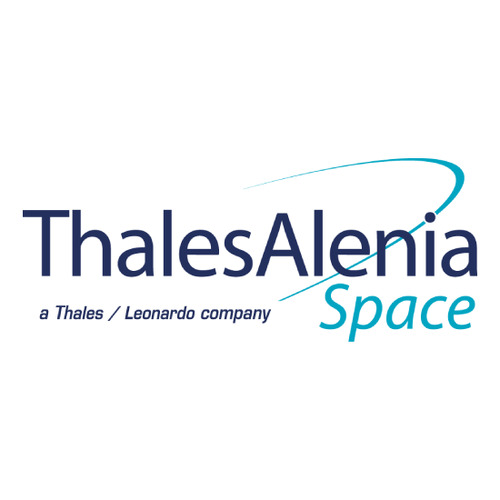Acting together!
Scientists, government agencies and industry are teaming up as never before to design and build increasingly accurate instruments and satellites. Authorities naturally need reliable data to ensure the continuity of environmental surveillance and make the right decisions. Satellites are one of the most vital components in better understanding our planet. And it’s no accident that the latest edition of the book Climate Change & Satellites, published by Sud[s] Concepts for Thales Alenia Space, is entitled “Acting Together”.

Astronauts including Samantha Cristoforetti, Tim Peake and Thomas Pesquet have taken superb photos of our planet from the Cupola, part of the International Space Station with an observation window looking out over the Earth. Seen from above, the Earth’s atmosphere seems incredibly fragile. And when the elements go crazy, a phenomenon that’s happened several times in the last two years, these spaceborne snapshots immortalize very tangible evidence of how a deregulated climate can impact our lives. Unfortunately, climate change has become a societal challenge for the entire world.

According to climate expert Jean Jouzel, the surface temperature of the Earth has already increased by 0.6°C since the start of the industrial era, and carbon dioxide (CO2) levels continue to rise. If the temperature were to increase 4°C, the consequences could well be disastrous by the end of this century. Furthermore, despite the protests of climate change skeptics, these changes, coupled with increasing pollution in certain regions, already has a very real impact. The Great Barrier Reef is in the throes of agony, arctic ice is melting and certain species are disappearing. Climate change also has a very real impact on human activities, for instance in the form of the first “climate refugees”. In short, the climate is everybody’s business!

At Thales Alenia Space, we help further the understanding of our planet by contributing advanced satellite technology, especially Earth observation. Recent months have seen several milestones. We were delighted to see the Sentinel-3B satellite lift off very successfully in April. Following Sentinel-1A, -1B and -3A, Sentinel-3B is the fourth satellite built by Thales Alenia Space as prime contractor on behalf of the European Space Agency, for the European Commission’s Copernicus program. Sentinel-3B is now orbiting the Earth at an altitude of 815 kilometers, in conjunction with its twin brother, Sentinel-3A, to carry out a mission covering both sea and land in the fields of oceanography, land hydrology and vegetation monitoring.

We are now looking to the future, by working on Meteosat Third Generation (MTG) satellites. Over the decades, European meteorology has become increasingly accurate. With the first generation of Meteosat, images were updated every 30 minutes, a rate that dropped to 15 minutes for the second generation. With MTG, images will now be updated every ten minutes, making weather forecasts increasingly reliable. All of Europe’s geostationary weather satellites were built by Thales Alenia Space. Today, we are gearing up for other, equally fascinating programs, such as the SWOT space altimetry mission, on behalf of CNES and NASA, along with future Copernicus missions.

The upcoming political and societal choices, in Europe and worldwide, will clearly impact future generations, who will be inheriting a planet facing a very uncertain future in terms of the long-term viability of its resources.
“We face a daunting challenge, one that implies abandoning our current development-focused society and transitioning to a more carbon-stingy model” says Jean Jouzel. “Solutions do exist – energy efficiency, renewable energies, but they have to be deployed without further ado”.
Analyzing the huge streams of satellite data could help authorities make the best decisions, in particular to facilitate meeting our commitments within the scope of the Paris Climate Agreement, COP21.

Thales Alenia Space would also like to express its thanks to everybody who contributed to this book including ASI, CERFACS, CNES, ESA, EUMETSAT, GEO, Mercator Océan, Météo France, Telespazio and e-GEOS.
Clich here to read the book on-line

Copyrights:
Cover: Plancton bloom © Contains modified Copernicus Sentinel data, processed by ESA
Polar Bear © Staffan Widstrand/WWF
Samantha Cristoforetti © ESA/NASA
Sentinel-3 © ESA/Pierre Carril
The Bahamas as seen from Envisat © ESA
Antarctic ice ©M. Perrey/Wild Touch
Africa: ©UNICEF 2017, Nahom Tesfaye


